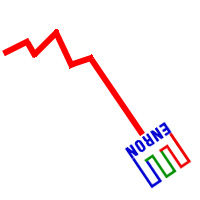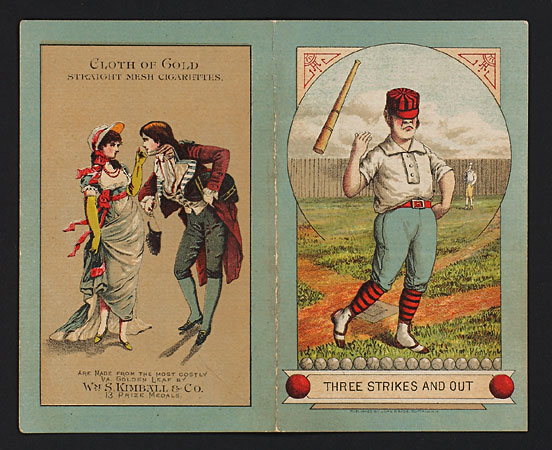 Adjustable Rate Mortgages - it's not just a one way street!
Adjustable Rate Mortgages - it's not just a one way street!Some think that adjustable rate mortgages are the greatest thing since sliced bread and point to studies that show they would have save the typical mortgage consumer thousands of dollars annually over the past several decades. While true, it these also ignore fundamental truth - that interest rates were on a secular decline, resulting from high interest rates and the inflation of the 1970s, which took almost a full decade to reign in. These studies almost invariably ignore the fact that if you'd locked in your mortgage in the late 1960s or early 1970s, you would have saved thousands annually in borrowing costs, as the then secular trend was, just as now - rising rates.
Looking forward, many think that the Fed only has to worry about trailing inflation, and are hopeful that the number of increases will be limited. "One and done" was the hue and cry from this crowd, before "Gentle Ben" of the Fed dissuaded investors of that hopeful notion. I think the new rallying cry might be "Give Two it's due, then we're through!" Unfortunately, it won't end with two more increases either.
We in Canada were in the same unfortunate position just a decade and a half ago, wherein inflation was muted, but our deficit was not having in 1992, reached a all-time historical high. This led to higher and higher rates as we sought more and more foreign capital to finance our accumulated debt and deficit.
Unfortunately, the US is now in the same shoes, as a small posting by Random Roger points out over here. This, my friends, is the sign of things to come and can only be overcome by raising interest rates higher and higher (thus defending the currency, and attracting the dollars necessary to finance the debt). Lastly, don't forget that almost all developed nations are on a credit-tightening cycle - just when the US most needs to borrow. This increased cost of borrowing will, of course, help balloon the deficit even more. A "dis-virtuitous circle" has been created, which will take ten to twenty years to correct.
So go ahead and mark my prediction down on a calendar here - in two to three years, ARM mortgages will be higher than today's 30 year fixed, and much higher in five to seven years. My advice is to take your lumps now folks, lock down the ARMs, and - very shortly - you'll be happy you did.

JW
The Confused Capitalist























